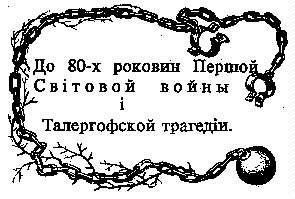
The Story of Talerhof - We Should Not Forget

Originally published in the Orthodox Herald, republished Karpatska Rus', August 5, 1994, Vol. LXVII, #16
The people who lived on the northern slope of the Carpathian Mountains (Lemkovyna), which is now in Poland and was once part of the Austro-Hungarian Empire, have been subjected to severe and much discrimination throughout many centuries. They have been forcibly relocated and efforts have been made to eradicate all elements and traces of their distinctive culture.
Last month we wrote of two parts of a journey during the Holocaust of 1914-1917. After removal from their homes in Lemkovyna, they were taken to a transferal point, put in sealed cattle cars and taken by train to a little village, Abtissendorf, which was located near Graz, Austria on the southern border of Austria.
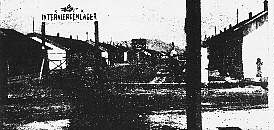
As they stumbled from the train into the sunlight, they found themselves surrounded by guards riding on horses. They were forced by whips to walk in their weakened condition to Talerhof, a concentration camp which was about a 20 minute walk away. The guards carried whips and did not hesitate to use them on those who lagged or fell behind. Those who tried to escape were shot dead and their bodies were pushed into any convenient ditch to join the bodies of those who had succumbed to the brutal conditions.
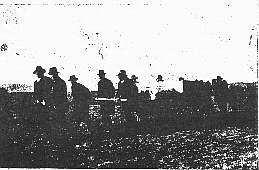
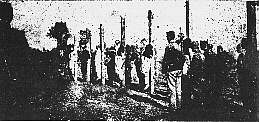
They finally arrived at Talerhof. Here families were broken up and assigned to different barracks. They were segregated....men in one and women and children in others. The barracks had bare, dirt floors. The roofs leaked so that when it rained, they were forced to sleep on the floor, which turned to mud. They were not even given straw to sleep on.
Starvation was ever present as they were given only one meal a day, which consisted of a clear soup with some rice added and a piece of bread. The thin watery soup was served in bowls but they were not given any spoons. As time went on, they whittled spoons out of pieces of wood which they found.
People died every day from lack of food coupled wit the unsanitary conditions.
They suffered colds from sleeping in the mud or on the cold earth. They
started to bleed from the nose, mouth, fingers and toes. The dreaded typhus
made its regular rounds. They tried to keep clean but could wash the rags
they wore in water only as there was no soap. About ten people died daily
from starvation and disease. The women and children were forced to watch
the men being hung.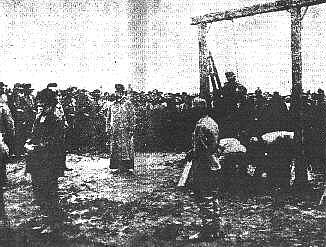 Many people
lost their minds and others committed suicide.
Many people
lost their minds and others committed suicide.
The bodies of all who died were dumped into a common hole and the ground was leveled so that no evidence remained. It brings to mind the landfills we use for dumping garbage in the United States. No Memorial services, panahidas or prayers were allowed at the grave. In fact no relatives or friends were allowed to accompany the body of their loved one to the grave.
For every person that died, four more were brought from the Lemko/Galician region to replace them. This provoked a mixed reaction on the part of those incarcerated. They were happy to receive news from home but they felt grief for those who were arriving would now have to endure and many times for the bad news that was brought. For example, the shooting of Father Maksym Sandovych, who was recognized as a saint on September 11, 1194 in Gorlice, Poland, affected them very deeply. For many, this was the last straw [his death]. They could not bear much more.
What was the extent of this Holocaust? Talerhof records and diaries show that 30,000 people of both sexes and all ages and from every strata of Lemko society were interned. Among them were 800 priests of the Eastern Church (both Orthodox and Greek Catholic). They were not allowed to bring their robes or anything necessary for services. They were prohibited from serving Divine Liturgy, but as time went on they held Molebens to the Mother of God (many times from memory), and at this time they took the opportunity to give sermons in which they tried to uplift the spirits of their fellow detainees. It is written that as the services would progress, the singing of the congregation would become more and more quiet as "many cried and cried and could not continue singing the responses."
When the camp was finally closed, the knowledge of it having been there festered. It was leveled to the ground and in 1936, the last evidence of it was removed when the place of burial was excavated and the bodies were moved to another village called Feldskirken, Here the bodies of 17,067 men, women and children were reinterred in another common grave far from their homes in Lemkovyna, which they had been forced to leave. A poignant phrase says is so well: "Let them walk over their own hills not on some so far from their home."